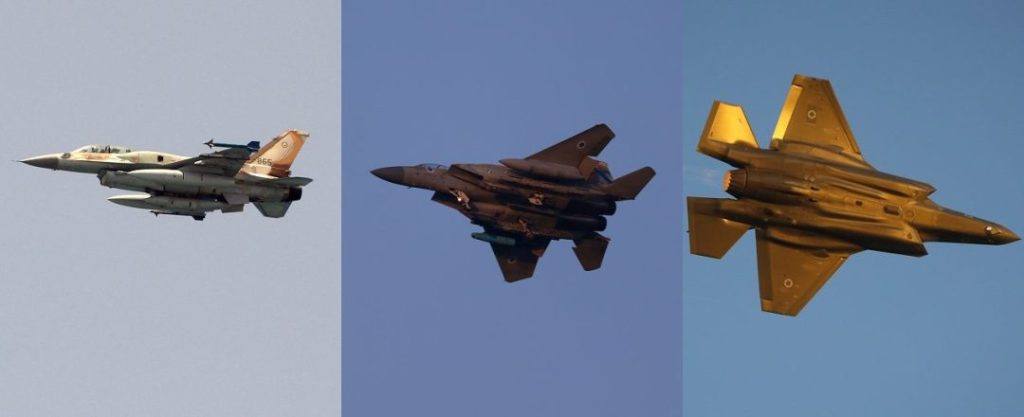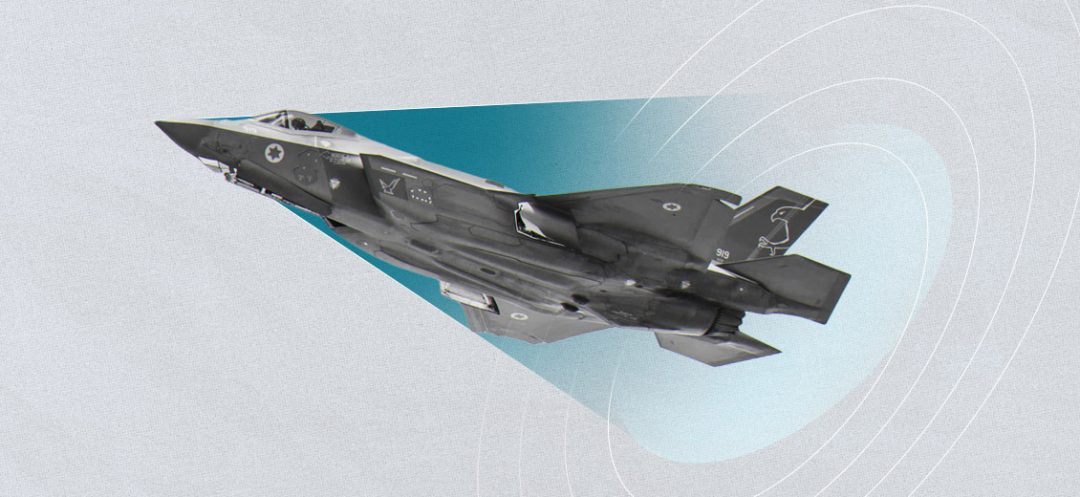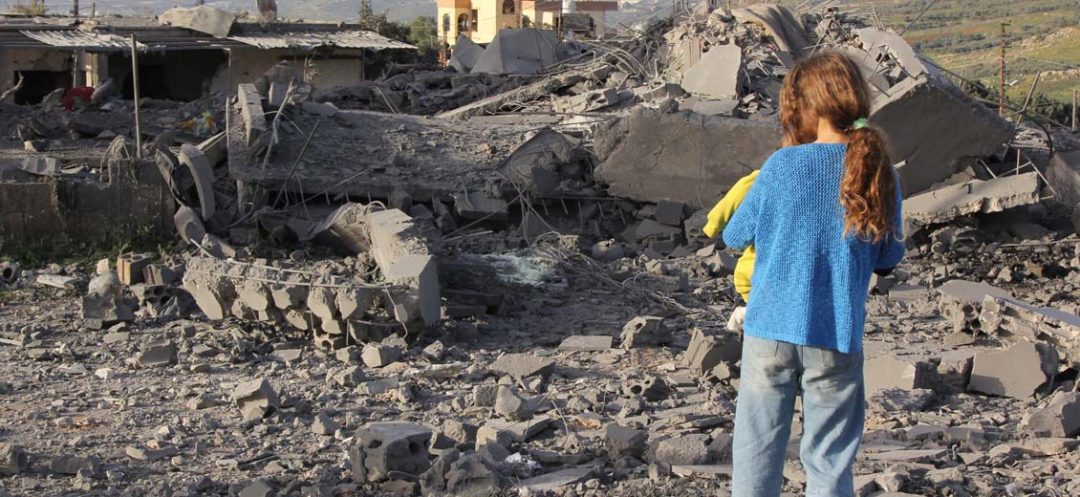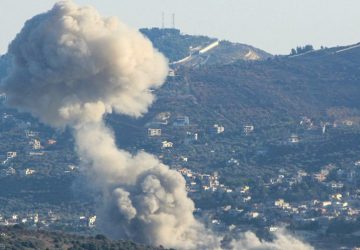Listen to the article
“It is more common to love God than your neighbor because it costs less,” said the French writer Alfred Bougeard. A proverb that the Israeli Air Force (IAF) seems to be trying to put into practice in the skies of Lebanon.
A practice highlighted, beyond the bombings devastating the south of the country — and sometimes the east — by a scene that has become recurrent throughout Lebanon. A sudden “bang,” usually followed by a second, giving way to the roars of jet engines from fighter planes sent by the Hebrew state.
Psychological Warfare
To recall, this famous “bang,” also known as the “sonic boom,” is a physical barrier reached when a plane hits the speed of sound in the air (about 1,230 km/h). When this barrier is crossed, a shock wave forms around the plane, producing a distinct “supersonic boom.” A key phenomenon in aeronautics, explained in more detail in the video below.
Voir cette publication sur Instagram
In their cockpits, it’s a routine mission — if not a game — for Israeli pilots, whose relative risk of facing potential missiles is quickly mitigated by the release of thermal decoys. For the Lebanese in their homes, however, it’s a painful reminder of past traumas for the Lebanese, whether it’s the August 4, 2020, Beirut port explosion or the memories of the civil war for the older generation.
But for the leaders of the Israeli political-military establishment, this type of intrusion is primarily a technique of psychological warfare. A way to remind those on the ground who truly controls the Lebanese skies.
A reminder that, although less expensive than an 800-kilogram guided bomb, is not without cost. Because the planes that produce this “supersonic boom” also come with a price tag.
Inventory of the Israeli Army
The Israeli Air Force (IAF) currently operates three types of fighters, all American-made, capable of breaking the sound barrier.

The first is the F-16 “Sufa” (“Storm” in Hebrew). It is a relatively light single-engine aircraft, specifically designed to carry out a wide variety of missions. It dates back to the late 1970s, but it has since undergone numerous upgrades. Unit price: around 45 million dollars.
Heavier due to its twin-engine configuration, the F-15 “Ra’am” (“Thunder” in Hebrew) is also more powerful than its smaller sibling, both in terms of performance and armament capacity. It was initially designed for air superiority in the 1970s, although more recent versions are also capable of striking ground targets. However, these performances are reflected in the price, with each unit costing an average of 84 million dollars.
Much more recent, the F-35 “Adir” (“Almighty” in Hebrew) completes the triad. Introduced in the mid-2010s, this single-engine aircraft incorporates stealth technology to evade radar detection, extremely advanced avionics, and cutting-edge sensors. In short, a whole battery of innovations that inevitably drive up its price: 110 million dollars per unit.
However, it should be noted that the number ordered from Lockheed Martin, the company responsible for its design, eventually led to a price reduction. The units acquired by the Israeli Army thus cost around 85 million dollars.
“A Service Is Worth What It Costs”
At first glance, one could estimate the cost of a sonic boom based on the unit cost of the aircraft that produces it. However, this task is challenging in practice since the aircraft is usually employed for multiple purposes.
But the price of an aircraft is not limited to its purchase. One must also consider the crew’s training as well as maintenance, fuel, spare parts, and other operational costs. In other words, it’s essential to assess its flight cost.
For the F-16, the range is between 8,000 and 25,000 dollars, depending on the model’s level of technology. For the F-15, the amount ranges from 22,000 to 30,000 dollars. Finally, the newer F-35 requires between 35,000 and 44,000 dollars per flight hour.
The autonomy of these three aircraft ranges from 1.5 to 3 hours of flight, depending on the model. Given Lebanon’s small size, it can be asserted that the minimum option (1.5 hours) is more than sufficient for IAF pilots to carry out their mission.
“A service is worth what it costs,” said Victor Hugo. So, this leads us to perform a simple calculation. Take the case of a modernized F-15: to get an approximate idea, multiply the flight hour cost (30,000 dollars, as a reminder) by 1.5.
Therefore, one can roughly estimate at 45,000 dollars the cost of the operation aimed at reviving your trauma. Knowing that Israeli patrols regularly operate in formations of at least two aircraft, it’s also possible to double the previous result.
A Fistful of Dollars
This is how you can estimate that it would have cost Israel an average of 90,000 dollars to put you, your family, and your friends under pressure. If we consider the likelihood of two F-35s, the amount could even exceed 130,000 dollars.
However, this type of operation is generally conducted by the less expensive F-16s. Considering the lowest hypothesis — an unlikely one, as these planes have undergone heavy modifications — we arrive at a modest total of about 24,000 dollars. After all, Lebanon doesn’t seem to be worth much in the eyes of the Israelis…
If we push the cynicism even further by dividing this price by the number of impacted inhabitants, it is nevertheless possible to say that it is a lucrative operation, costing only a few dollars per head — or even less for urbanized areas. At least, as long as those below don’t get used to it.
“To those who seek revenge, it often costs too much,” states an old French proverb. It is up to the Israelis to take this into account. Especially for a state whose deficit was already equivalent to 7.7% of its GDP last May.






